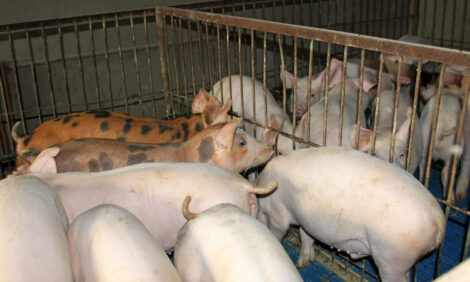



Weather Expected to Drive Feedgrain Prices
CANADA - The vice-president of Informa Economics says weather over the next couple of weeks will play a key role in determining the cost of feed ingredients heading toward winter, writes Bruce Cochrane.The cost of most feed ingredients has been shooting noticeably higher over the past month.
Informa Economics vice-president Dave Reimann says feed ingredient prices started creeping gradually higher through the winter after bottoming out last December but, as we saw seeding delays in North America, the momentum really started to pick up over the last month or so right across the board.
Dave Reimann-Informa Economics
One of the key things going on in the feed market that's been kind of underpinning the entire feed complex starts off with South America and a disappointing soybean crop down there.
That's really translated into less soymeal hitting the global feed market.
There's also been some complications with the corn crops down there.
As we moved into the planting and the early progress in the northern hemisphere crops, especially in North America, we saw a lot of very cool temperatures here in Canada, very dry conditions in some areas, very wet conditions in others and the result was that acreage wasn't going in fast enough and the crops weren't progressing.
That really led to a lot of speculative demand in many of these markets.
I should mention that, the idea that the US dollar will continue to lose ground against currencies like the Canadian dollar has a lot of speculative funds buying commodities again much as they did a year or two ago and so they're adding fuel to the fire in the feed grains by buying soy meal, corn and various other markets.
Mr Reimann suggests we're into a crucial time frame on the Canadian prairies and, if we're going to see a shift in the market, it will be in the next two to three weeks.
He notes we've seen some improvement in the weather over the last couple of days including scattered showers in the western prairies where moisture is needed while the eastern prairies, which have been wet, are now getting some heat but he says these improvements are a long way from making a crop.







